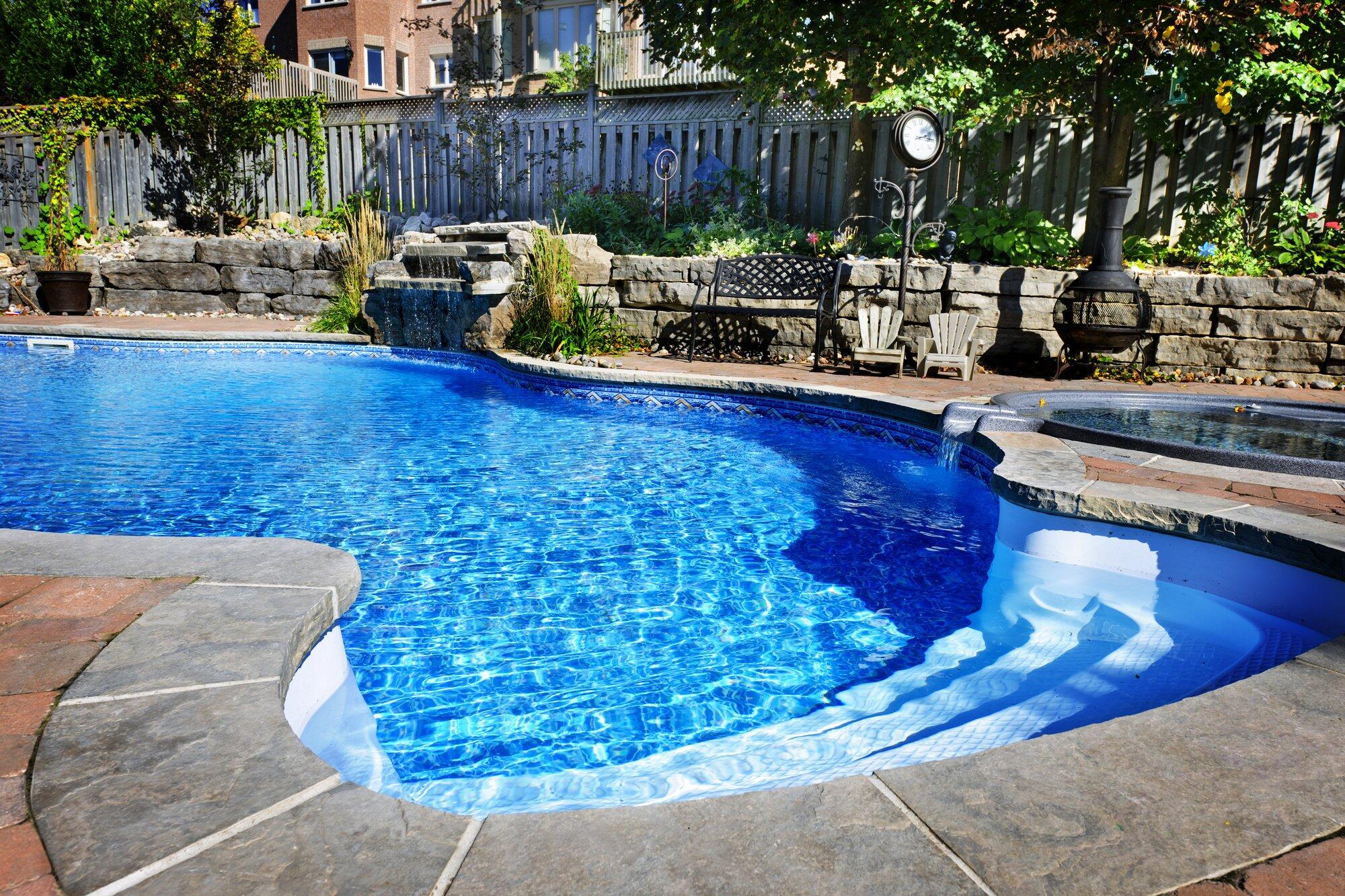Around 8% of homes in the United States boast a pool, emphasizing their widespread popularity. But did you know that the orientation of your pool layout could significantly impact your energy bills?
In this blog post, we'll explore how the positioning of your pool in relation to the sun and wind direction can influence energy efficiency and provide practical tips for optimizing your pool's orientation.
If you are planning to add a pool to your property, then first reading this guide is essential to maximizing energy efficiency. Let's get started.
What is the Optimal Pool Orientation in Florida?
In Florida's subtropical climate, the best pool orientation typically leans towards a south or southeast-facing direction. This allows for optimal exposure to the abundant sunlight, ensuring natural heating of the water throughout the day.
However, it's essential to consider the intensity of the sun, especially during the summer months, to avoid overheating. Additionally, strategic placement of shade-providing elements like trees or structures can help balance the sun's effects and minimize water evaporation.
Ultimately, in Florida's unique climate, a thoughtful combination of orientation, shade, and sun exposure is key to maximizing energy efficiency and enjoying a comfortable swimming experience year-round.
Key Considerations for Pool Orientation
Optimizing the orientation of your pool is essential for enhancing pool energy efficiency and reducing maintenance costs. Let's look at some of the key considerations here.
Sun Exposure
The orientation of your pool in relation to the sun can greatly influence its energy efficiency. A south-facing pool receives more sunlight throughout the day, which can naturally heat the water, reducing the need for artificial heating. This can lead to lower energy consumption and decreased utility bills.
Wind Patterns
Consideration of wind patterns is crucial when planning your pool layout for energy efficiency. Positioning your pool in a location shielded from prevailing winds can help prevent heat loss through evaporation.
Additionally, windbreaks such as fences or shrubbery can further minimize heat loss and improve overall energy efficiency.
Shade from Surrounding Structures
While sunlight is essential for heating your pool, excessive exposure to direct sunlight can also lead to increased water evaporation and the need for more frequent chemical treatments.
Strategically placing your pool to take advantage of shade from nearby trees or buildings can help mitigate these effects. This reduces energy consumption and maintenance costs.
Landscaping and Reflective Surfaces
Incorporating landscaping elements and reflective surfaces into your pool area can enhance energy efficiency. Trees and shrubs strategically planted around the pool can provide shade, reduce wind exposure, and create a more comfortable outdoor environment.
Additionally, incorporating reflective surfaces such as light-colored pool decks or patio pavers can help bounce sunlight back onto the pool. This aids in natural heating and reduces the need for artificial heating.
Pool Layout Considerations in Florida
To sum up, the impact of pool layout on energy efficiency cannot be overstated. By considering factors like sun exposure, wind patterns, shade, and landscaping, you can maximize efficiency and minimize costs.
If you are looking for a leading Cape Coral pool company, look no further than Channelmark Pools. As your trusted Cape Coral pool builder, with more than 45 years of experience, we can help you build the pool of your dreams. Contact us today to get started.

